In 2011, Playmobil’s Stone Age line took its fans to the ancient world of cave people and prehistoric beasts. And just as you can’t have a dinosaur line without T. rex, you can’t have a Pleistocene megafauna line without Mammuthus primigenius, the iconic woolly mammoth.
Including its tusks, the Playmobil woolly mammoth measures about 20 cm long and stands 12.5 cm tall. Its body is milky dark brown with black eyes and white tusks. It has all the distinguishing features of a woolly mammoth: tall shoulders, a high domed skull, small ears, and of course, a set of long, curved tusks.
Unlike all the very smooth Playmobil dinosaurs, the hide of this mighty beast is sculpted with shaggy fur on its head, back, belly, and feet. Its trunk has wrinkled and the tip has two “fingers” for grasping accessories. The tusks are made of safe, flexible plastic.
Articulation-wise, this mammoth is pretty limited. The trunk raises, the mouth opens unnaturally wide, the head rotates (although it looks bad if you rotate it too far to either side), and the tail rotates as well. The limbs do not move at all. This is disappointing when you consider that Playmobil’s modern elephant is much more poseable.
The cuddly mammoth calf measures 10 cm long and stands a mere 6 cm tall. Its colour scheme is identical to its mother’s (minus the tusks, of course) and it too features sculpted shaggy fur and a trunk that can grip accessories. Its articulation is also the same.
The mammoths come with a single bright green fern mounted atop a small patch of grass. That won’t be nearly enough to satisfy their appetites, sadly.
The Playmobil woolly mammoths are a simple, decent set. The single fern is quite underwhelming compared to the elaborate dinosaur playsets, but the mammoths themselves are well-sculpted and fun to play with in spite of their limited articulation. As with all Playmobil sets, this is for young children first and foremost.
This has been my 40th review for the Dinosaur Toy Blog. Also my first mammal review. Thanks for reading, and stay tuned! 🙂
Disclaimer: links to Ebay and Amazon on the DinoToyBlog are affiliate links, so we make a small commission if you use them. Thanks for supporting us!




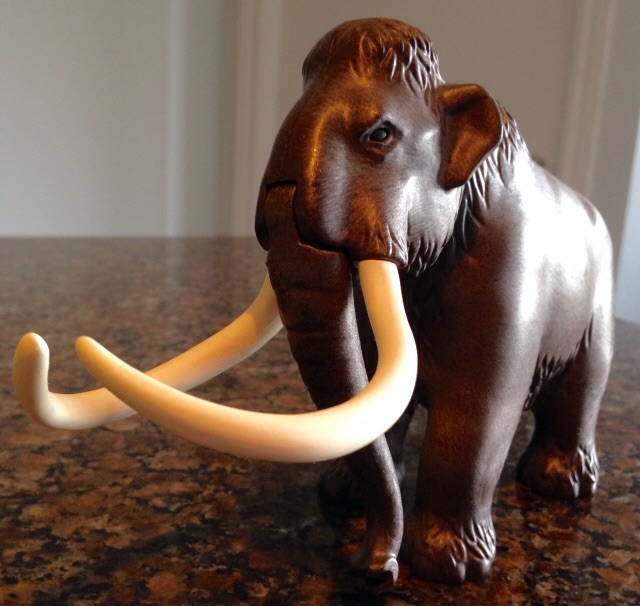
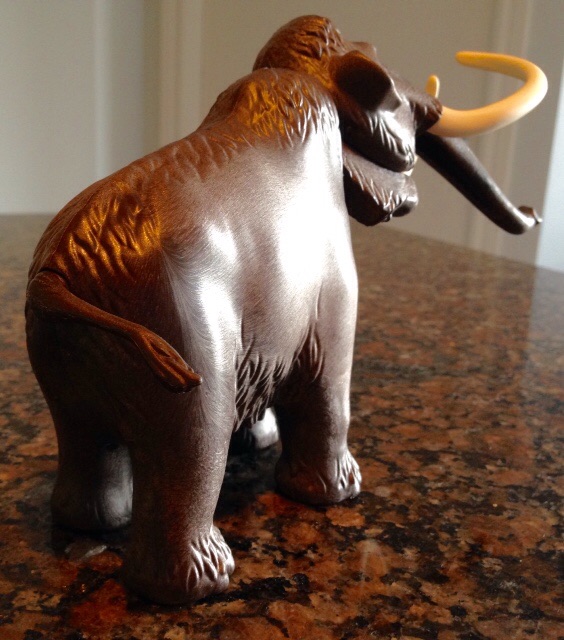
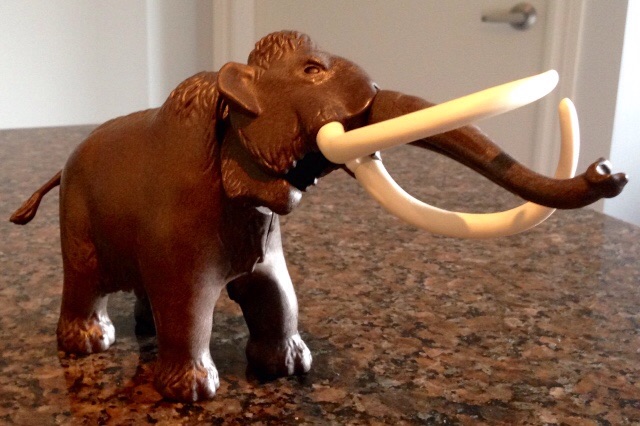
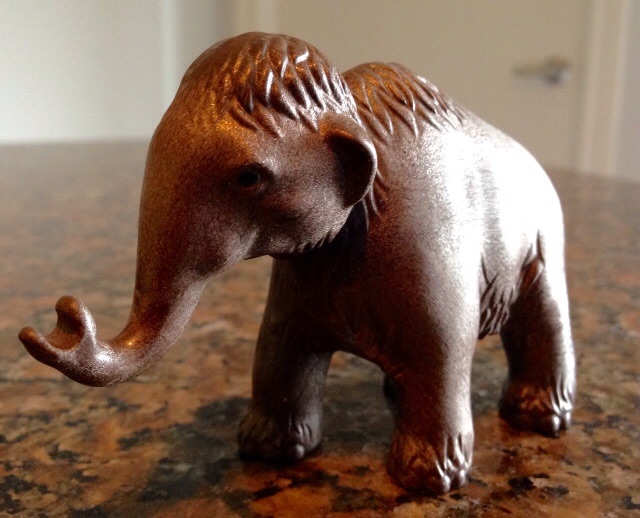
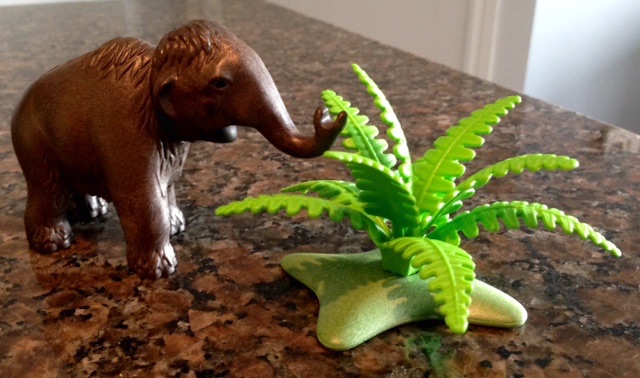
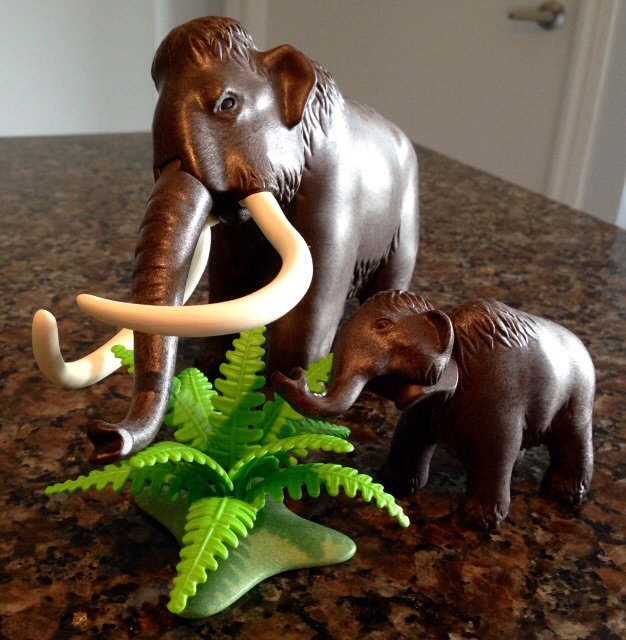
[…] of Mammuthus primigenius. Pretty impressive for a children’s toy. Interestingly, while the “living” Playmobil mammoth has a larger head and tusks, the skeleton has a higher back and is wider at the […]
Megafauna are actually any large animal: https://en.wikipedia.org/wiki/Megafauna
True, but in our circle, the term is generally used to denote prehistoric mammals.
I’ve never seen anyone else use it to mean prehistoric mammals.
Really? I’ve heard it used in paleontology circles fairly often:
https://en.m.wikipedia.org/wiki/Pleistocene_megafauna
On the Pleistocene megafauna page you linked to it lists a number of bird and reptile species as megafauna. This is stated unambiguosly under the Insular section of that page! :p
Also, if you do a Google image search for ‘megafauna,’ the first images to come up are of large prehistoric mammals including mammoths.
Google image searches unfortunately don’t always reflect the (complete) reality of what one searches for. Searching for Velociraptor for example brings up mostly saddening results. I did a Google image search for ‘megafauna’ anyway and the second image also has birds in it, while the fourth image is this: http://sameerprehistorica.deviantart.com/art/Megafauna-Sample-Image-384360474 After that, images with more than just mammals continue to appear pretty consistently. Yeah, there are images with just mammals in them but I don’t think that means megafauna = prehistoric mammals. After all, not all prehistoric mammals were big!
Meh. I still like the term ‘megafauna’ regardless of technicalities. I’d use it to describe terror birds too. We’ll have to agree to disagree.